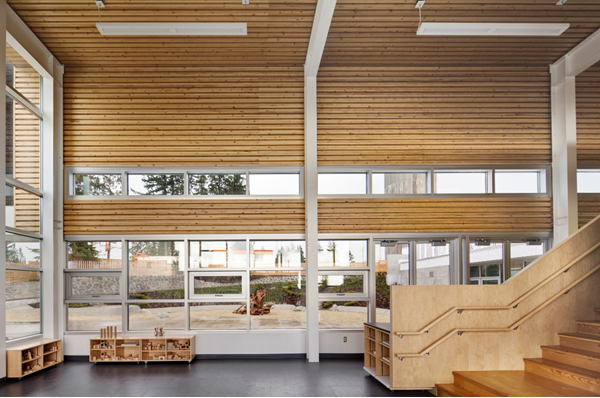
Occupant health and well-being is more important than ever, especially given the fact that Americans, on average, are spending approximately 90 percent of their time indoors. As a result, building professionals are rethinking how we design, use and occupy buildings. COVID-19 is also changing the ways in which buildings are designed. For example, building teams are considering touchless entries, improved ventilation systems and design features that allow people to spread out with renewed interest. But the increased focus on beneficial spaces is not just on occupant safety; designers are looking for ways to simply improve the way people feel inside a building. Using biophilic house design and biophilic design in the workplace are two ways that designers are addressing occupants’ well-being. This CEU explores how natural elements and biophilic interior design can improve the well-being of building occupants.
By the end of the course, you should be able to do the following:
- Appreciate the role of architecture and building material choice in designing buildings that promote occupant well-being.
- Identify four of the most common design approaches which recognize the positive connection between humans and nature.
- Identify the role of wellness-focused building standards and recognize the overlap between occupant wellness considerations and existing green building standards.
- Discuss the ways in which buildings can be designed to help reduce stress, promote healing, support learning, improve employee productivity and satisfaction and enhance retail customer experience.
